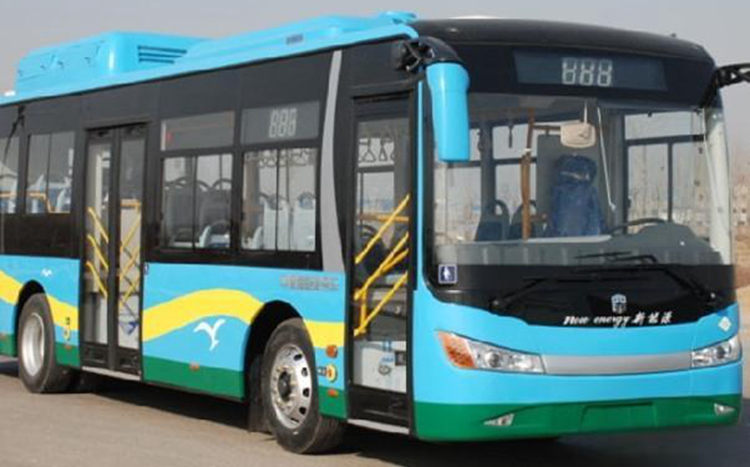Long cruising range,able to drive all day without charging
Electric buses made in China are gradually occupying the markets of South Korea, Japan, Europe and other countries due to their competitiveness in price and technology. Of the 896 newly licensed electric buses in South Korea in the first half of last year, 399 (44.5%) were made in China. This figure is 23.2% in 2020 and 33.2% in 2021. Electric buses made in China are about 100 million won (approximately 510,000 CNY) cheaper than those made in South Korea.
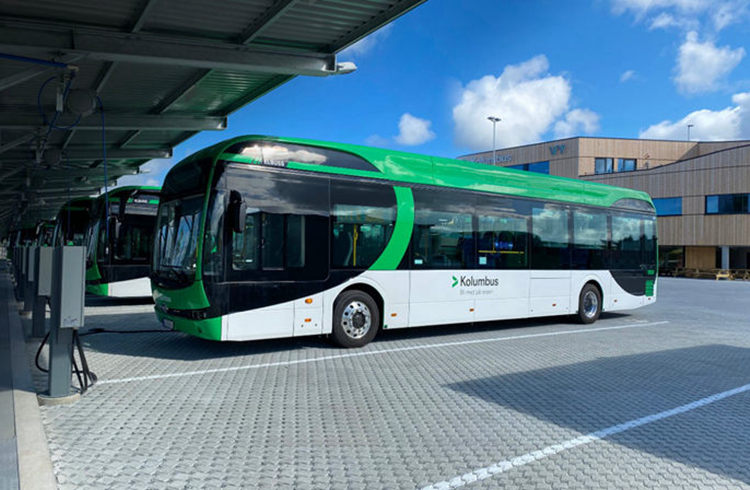
Electric buses made in China have greatly increased their market share in South Korea in recent years due to their excellent battery performance. Electric buses made in China can run all day on a single charge, while electric buses made in South Korea must be charged multiple times while driving. The battery capacity of Chinese brand buses exceeds 350 kWh, while the battery capacity of Hyundai Motor's electric bus ELEC CITY is officially marked as 290 kWh, but the actual usable battery capacity is only 20%-30% of the official marking, which is a huge gap.
In addition, because the charging cost in South Korea is much higher during the day than at night, the short battery range will also increase the cost. Taking the city of Seoul as an example, late-night charging costs 50-100 won per kilowatt-hour, but charging during the day costs more than 200 won. Chinese-made buses only need to be charged late at night to meet a day's needs, but Korean-made buses also require multiple charging times during the day.
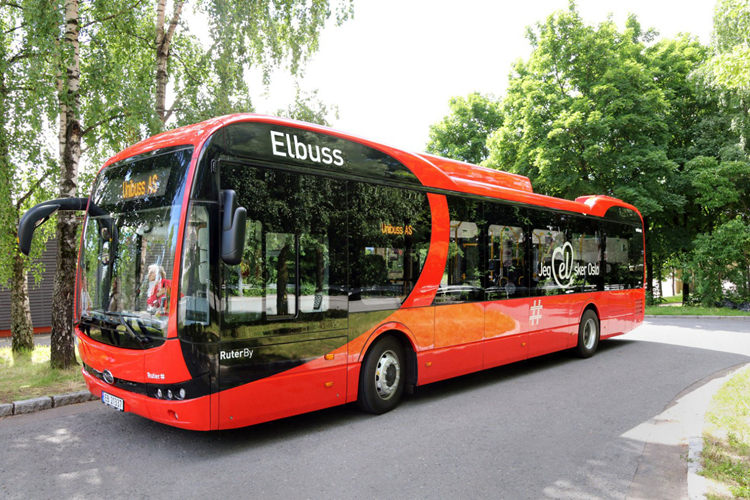
In the context of Chinese buses occupying a larger market share, Korean manufacturers are asking the government to provide more subsidies than Chinese manufacturers. However, South Korean experts believe that to compete with China, the most critical thing is to improve technology. At present, the most important thing for Korean automakers to do is to increase R&D investment and improve competitiveness.
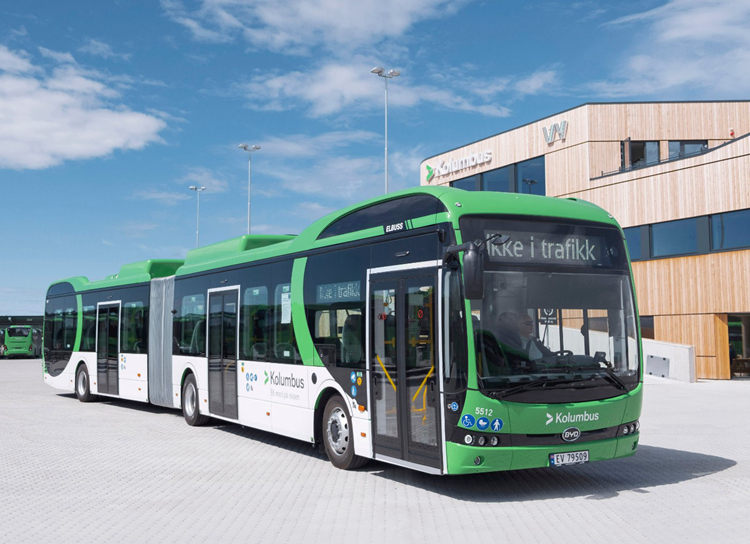
In order to implement the concept of green finance development and actively support the export of electric buses, China Sinosure recently issued a specific contract insurance policy A for China's export of 151 electric buses to Romania, covering the risk of losses on established claims receivables and cost investments. The insurance amount is 23.49 million euros.
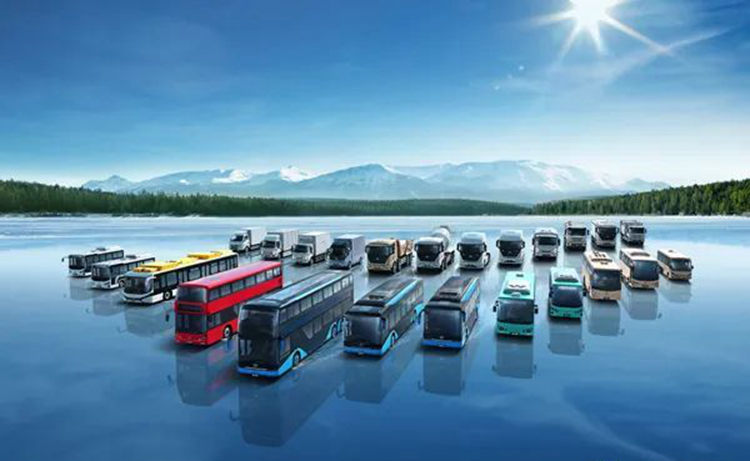
The 10.8m electric bus used in this project has the latest fast charging technology, short charging time and long battery life, which perfectly and efficiently solves the time problem of recharging the electric bus midway to continue driving. It is designed and manufactured in full accordance with European standards and is a high-end model. These 151 "green buses" will operate in 11 cities in Romania, including Iasi, Tulcea, and Constanta, aiming to replace old buses with 100% zero-emission buses. Diesel-powered buses take advantage of electric vehicles and reduce local emissions of carbon dioxide and other pollutants. After the project is implemented, greenhouse gas emissions are expected to be reduced by approximately 28,500 tons per year. Another result of Sinosure’s policy measures to support the electric vehicle industry and stabilize foreign trade. In the future, Sinosure will actively play the role of China's foreign trade financial policy to support the rapid growth of China's electric vehicle export trade.
China’s electric bus is the largest tram car subsidy project
China's central government and local governments have provided very large subsidy policies for the demonstration and promotion of electric buses. For pure electric city buses with a height of 10 meters or more, the central government provides a subsidy policy of 500,000 CNY per vehicle, and the local government provides a subsidy policy of 200,000 CNY per vehicle. A subsidy will be provided per vehicle, which means that a pure electric bus can receive a subsidy of up to 700,000 CYN, which is the highest subsidy amount among all electric vehicle projects. In the face of such huge subsidies, some urban bus companies and intercity shuttle bus companies have purchased more buses than are actually used, leaving a large number of buses and intercity shuttle buses idle in China. At present, Chinese electric bus manufacturers have mastered core technologies such as integrated development of power systems, battery packs, hybrid control, electrified chassis and lightweight body development, with products covering 6.5 meters, 8.5 meters, 10.5 meters, 11 meters, 12-meter and other models, and includes a variety of products such as fast-charging, quick-swapping, extended-range and hybrid electric buses. China's electric buses have competitive advantages in vehicle technology, operational reliability, lightweight body and other aspects.
China's cost-effective second-hand electric buses
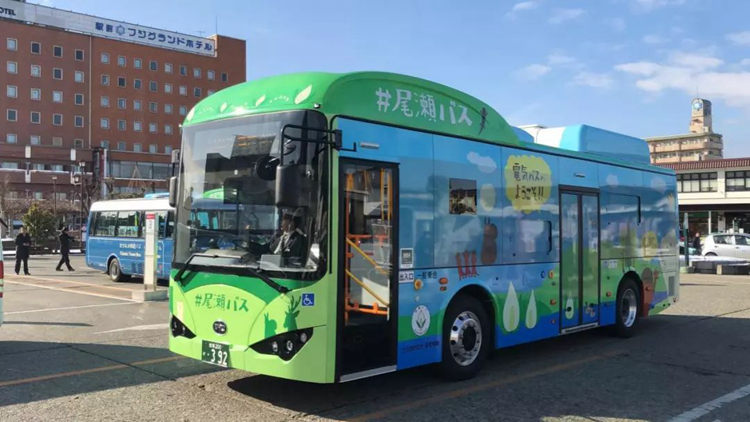
At present, more than 95% of the world's electric buses are in China. Every year, many very good electric buses with excellent performance enter the second-hand electric bus market in China due to various reasons. China's Ministry of Commerce encourages second-hand electric vehicle export companies to export these second-hand electric buses to developing countries. Bus companies in many developing countries import large quantities of second-hand electric buses to build their national bus networks. Electric buses that are about three years old can be purchased at about one-third of the cost. The price-performance ratio is very high. Some lucky buyers even purchase almost brand-new electric buses with less than 10,000 miles of use. China's second-hand electric buses are definitely a very good benefit for economically backward countries. Sinosure can provide finance support services for the import of second-hand electric buses in developing countries.
